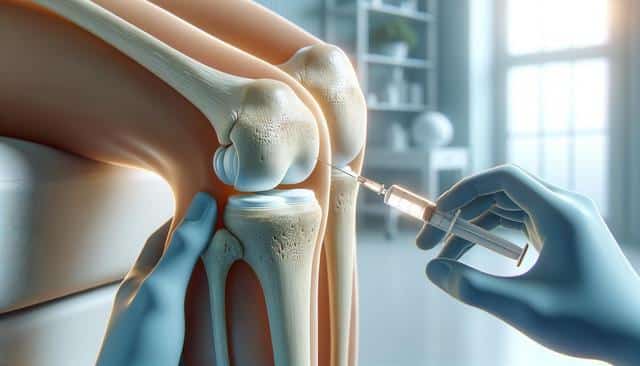
A Practical Guide to Bone-on-Bone Knee Treatment
Understanding Bone-on-Bone Knee Condition
Bone-on-bone knee refers to the condition where the cartilage in the knee joint has worn away completely, causing the bones to rub directly against each other. This is typically a result of advanced osteoarthritis and can lead to significant pain, stiffness, and reduced mobility. It is most common in older adults but can also occur in younger individuals due to injury, overuse, or hereditary factors.
Cartilage acts as a cushion between the bones in a joint. When it deteriorates, the friction between bones increases, often resulting in inflammation and joint damage. Symptoms of bone-on-bone knee may include:
- Persistent knee pain during activity or rest
- Swelling and stiffness, particularly in the morning
- Audible grinding or popping noises when moving the knee
- Reduced range of motion or difficulty walking
Recognizing these signs early and seeking medical advice can help in managing the condition more effectively through appropriate treatment plans.
Non-Surgical Treatment Options
Many individuals with bone-on-bone knee issues can benefit from non-surgical treatments, especially in the early to moderate stages of the condition. These treatments aim to reduce pain, improve function, and delay the need for surgery.
Common non-surgical approaches include:
- Physical therapy: Specific exercises can strengthen the muscles around the knee, improve flexibility, and reduce joint stress.
- Weight management: Reducing body weight can significantly decrease the load on the knee joint, alleviating symptoms.
- Assistive devices: Using a cane or knee brace can help stabilize the joint and reduce discomfort during movement.
- Medication: Over-the-counter pain relievers and anti-inflammatory drugs can offer short-term relief.
These methods are often most effective when used in combination and under the guidance of a healthcare professional. Lifestyle changes, such as adopting a low-impact exercise routine, can also contribute to long-term joint health.
Exploring Injection Therapies
Injection-based therapies are another non-surgical option that may help manage bone-on-bone knee pain. These are typically administered in a clinical setting and can offer temporary relief for moderate to severe discomfort.
Types of injections commonly used include:
- Corticosteroids: These anti-inflammatory injections can provide quick pain relief, although their effects are usually temporary.
- Hyaluronic acid: This substance mimics the natural fluid in the knee joint and may help with lubrication and shock absorption.
- Platelet-rich plasma (PRP): Derived from the patient’s own blood, PRP injections aim to promote healing and reduce inflammation.
While injections can be effective for symptom management, they do not reverse cartilage loss. Patients should consult with their healthcare provider to determine if this approach is suitable based on the severity of their condition.
When Surgery Becomes Necessary
If non-surgical treatments no longer provide adequate relief, surgical intervention may be considered. Total knee replacement is the most common procedure for individuals with bone-on-bone knee degeneration, especially when daily activities are significantly affected.
During a knee replacement surgery, damaged surfaces of the joint are removed and replaced with artificial components. This can restore movement and reduce pain. There are also partial knee replacements for patients whose damage is limited to a specific area of the joint.
Post-surgical recovery involves:
- Physical therapy and rehabilitation exercises
- Pain management strategies
- Gradual return to daily activities
Surgery outcomes vary from person to person, but many report improved mobility and quality of life. However, surgery is not without risks, and it’s important to have a thorough discussion with an orthopedic specialist to weigh the benefits and potential complications.
Alternative and Complementary Approaches
In addition to conventional medical treatments, some individuals find relief through alternative therapies. These methods are often used alongside traditional care to enhance overall well-being and manage symptoms.
Some commonly explored options include:
- Acupuncture: This ancient practice may help reduce pain by stimulating specific points on the body.
- Supplements: Glucosamine and chondroitin are popular choices, although scientific evidence on their effectiveness is mixed.
- Massage therapy: May help relieve muscle tension around the knee.
- Mind-body techniques: Practices like yoga and tai chi can improve flexibility, strength, and mental focus.
Before beginning any alternative treatment, it is essential to consult with a healthcare provider to ensure compatibility with existing medical care. These therapies can be valuable tools in a comprehensive approach to managing bone-on-bone knee discomfort.